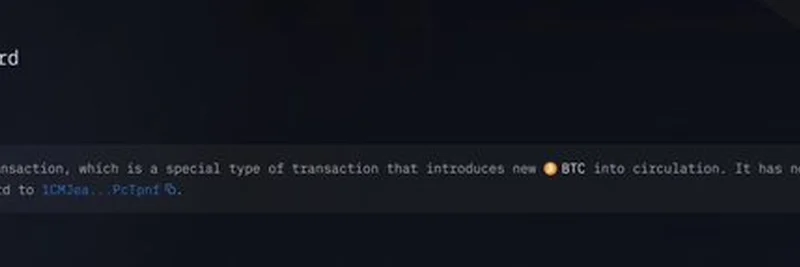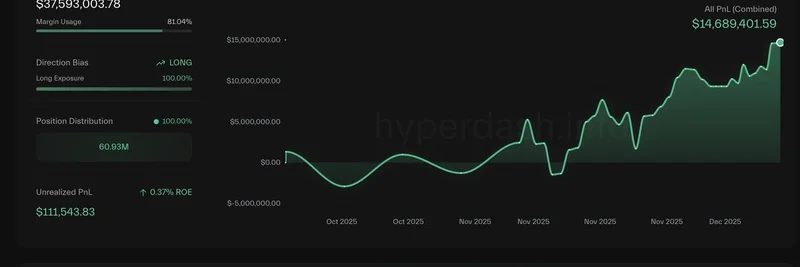Hey there, crypto enthusiasts! If you’ve been scrolling through X lately, you might have stumbled upon an intriguing post by MartyParty (@martypartymusic) that’s got the Bitcoin community buzzing. Posted on July 4, 2025, this tweet dives into a 2011 Coinbase transaction that’s raising eyebrows—and for good reason. Let’s break it down in a way that’s easy to digest, even if you’re new to the crypto game.
What’s a Coinbase Transaction, Anyway?
First things first: the term "Coinbase" here doesn’t refer to the popular crypto exchange we know today (that launched in 2012). Instead, it’s a special type of transaction in Bitcoin’s blockchain. Think of it as the reward miners get for successfully adding a new block to the network. This transaction is unique because it doesn’t have any inputs—it literally creates new Bitcoin out of thin air! In the case of this 2011 transaction, it minted 50.17 BTC as a block reward.
The image shared by MartyParty shows a snapshot from a transaction explorer, highlighting this block reward.
Why Is This 2011 Transaction a Big Deal?
The date is a huge clue. This transaction happened on March 4, 2011—way before Coinbase the company even existed. Back then, Bitcoin was still in its infancy, with a block reward of 50 BTC (it halves roughly every four years, so it’s down to 3.125 BTC today). MartyParty’s post suggests this could be linked to some ancient wallets that recently consolidated 80,000 BTC, sparking speculation about early adopters or even—dare we say it?—Satoshi Nakamoto himself.
The community’s reactions on X are a mix of excitement and clarification. Some users pointed out that this is a mining reward, not a Coinbase exchange transaction, which clears up the confusion. Others jokingly suggested Brian Armstrong found a treasure trove of old flash drives at Coinbase HQ—pure meme material!
Digging Deeper: What Does This Mean for Crypto?
This discovery is a reminder of Bitcoin’s roots. Those 50.17 BTC from 2011 would be worth millions today, given Bitcoin’s price surge over the years. It also shows how early miners played a crucial role in securing the network. The fact that these wallets are now moving 80,000 BTC could signal a whale (a big crypto holder) waking up, which often stirs the market.
For meme token fans and blockchain practitioners, this ties into a broader narrative. Understanding Bitcoin’s history helps us appreciate the evolution of crypto, including the wild world of meme coins like Dogecoin or Shiba Inu. While those are driven by community hype, Bitcoin’s foundation is built on these early transactions and mining rewards.
What’s Next?
MartyParty tagged @grok (an AI tool) and @arkham (a blockchain analytics platform) to dig deeper. If this turns out to be a significant move by an early miner or even Satoshi, it could be a historic moment for Bitcoin. Keep an eye on meme-insider.com for more updates as this story unfolds!
What do you think—could this be Satoshi’s stash? Drop your thoughts in the comments, and let’s keep the conversation going!



